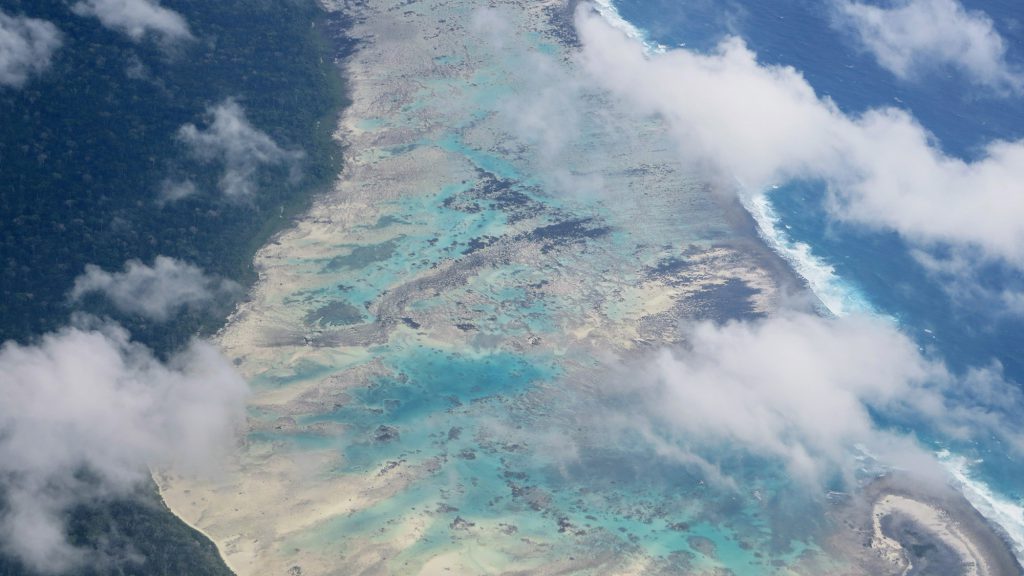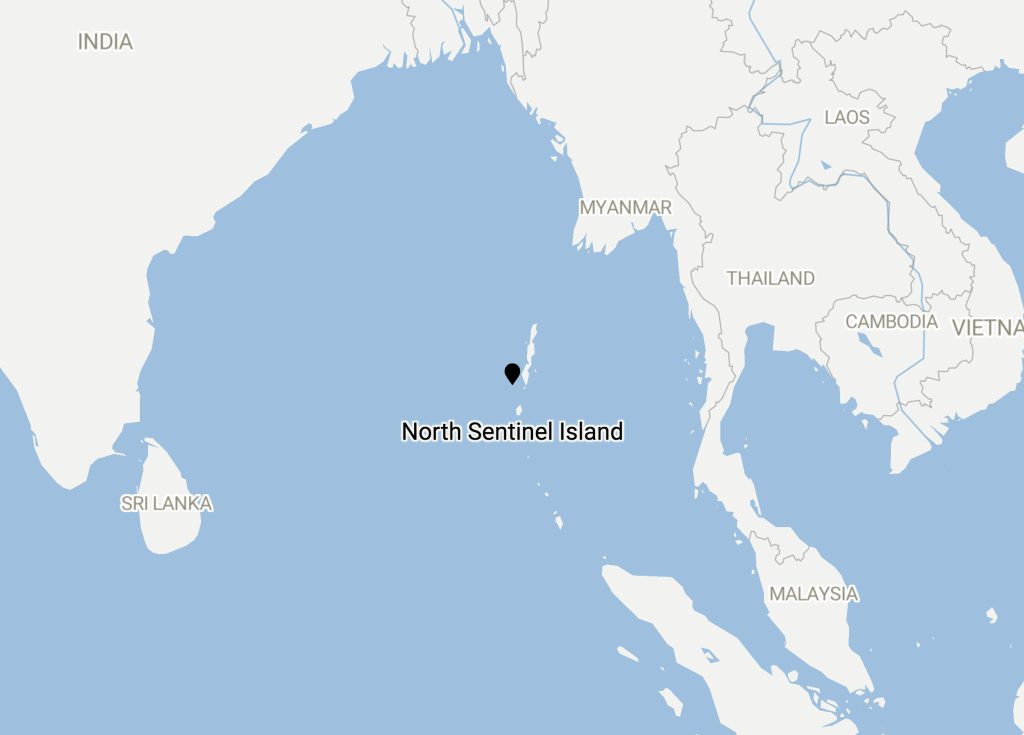North Sentinel Island and the Right to Be Left Alone

This article originally appeared on The Conversation and has been republished under Creative Commons.
John Allen Chau knew he might die. The 26-year-old U.S. evangelical missionary was killed, in late November, on North Sentinel Island by members of the Indigenous community that he sought to convert to Christianity. He saw this as his life’s mission—and understood the risks.
North Sentinel Island is part of the Andaman Islands in the Bay of Bengal. It is home to the Sentinelese people, who are among the world’s last uncontacted tribes—that is, Indigenous groups that maintain no contact with modern civilization. Most past efforts to contact the Sentinelese have been met with hostility. No missionary has ever gotten close enough to proselytize to them. Chau took this as a challenge. He was killed shortly after arrival, his body visible from a distance on the beach. Indian police refrained from retrieving it.
Most of the media coverage has focused on the fact that Chau approached the Sentinelese in violation of Indian law, which protects them from external interference. His mission was deemed at best misguided and at worst plain wrong. Even fellow missionaries expressed little sympathy.
This reaction highlights the fact that much has changed in the last few decades in the way we think about Indigenous people and their rights. The once-common opinion that their best option is to modernize and integrate with the dominant society has lost legitimacy. Thanks to the efforts of Indigenous advocates there is now an agreement, enshrined in the 2007 U.N. Declaration on the Rights of Indigenous Peoples (UNDRIP), that they have a right to self-determination and autonomy.
In the case of uncontacted peoples, this is interpreted to entail the right to be left alone. Based on this consensus, it is generally understood that governments, researchers, and other actors, no matter how well-intentioned, should respect such tribes’ apparent unwillingness to engage with the outside world and refrain from making contact.
Considering the devastating history of colonial interventions in the Andaman Islands and in other regions of the world that are home to uncontacted peoples, it is tempting to imagine that by leaving these groups alone, we are correcting mistakes of the past and respecting their “choice.” But it’s key that we think through the assumptions and implications of the “no-contact” path. Can we be sure about what Indigenous groups want?
The Sentinelese
Very little is known about the Sentinelese. No outsider speaks their language. The population is estimated to number between 50 and 150 people, and it is unclear if the number is stable.
We know that they have been hostile to outsiders historically. There has been speculation that they choose to reject contact because of previous bad experience. But at other times, there has been peaceful interaction. Between the 1960s and 1990s, the Indian government sent gift-giving expeditions to the Sentinelese. These gifts were accepted. The expeditions only stopped after it became clear that contact carries the risk of an epidemic.
What did the Sentinelese make of the contact and of its subsequent withdrawal? It is hard to tell without communicating, and it seems presumptuous to understand their actions in terms of “choice,” a concept that might make little sense outside our individualistic societies.
Emergency interventions
Evidence from the Amazon and from other Andaman Islands shows that contacting isolated tribes can have devastating effects on their health. Their immune systems, developed in isolation, are unprepared for outside pathogens, which can decimate populations. Avoiding such exposure is prudent.
But it is difficult to maintain isolation indefinitely. Would there be a way of delivering health care in case of accidental exposure to pathogens or natural disaster? The declared goal of a no-contact policy is protecting, as one Indian officer said, the “treasure” that are the uncontacted peoples. But how long can a small population that forms relationships exclusively within the group stay healthy? It is possible, viewed from this perspective, that a “no-contact” policy is too blunt to protect them from disappearance.
And does the right to autonomy necessarily entail the right to be left alone? Autonomy means self-governance. The UNDRIP grants autonomy to Indigenous peoples “in matters relating to their internal and local affairs.” But it is up for debate whether, if survival were at stake, it would be deemed a “local” or an “internal” affair. We must ask what the status of the right to autonomy is against other potentially competing entitlements all humans have, such as the right “to the enjoyment of the highest attainable standard of health.”![]()
Ultimately, we should not presume to know what uncontacted peoples want purely based on their behavior toward those who, like Chau, trespass on their territory. This knowledge could only be achieved by means of communication. Yes, establishing communication puts uncontacted peoples at risk. But so does opting for “no contact.” While we contemplate this impasse, we should reexamine the commitments made in our human rights documents—because it’s possible that some rights can only be realized at the expense of others.


























